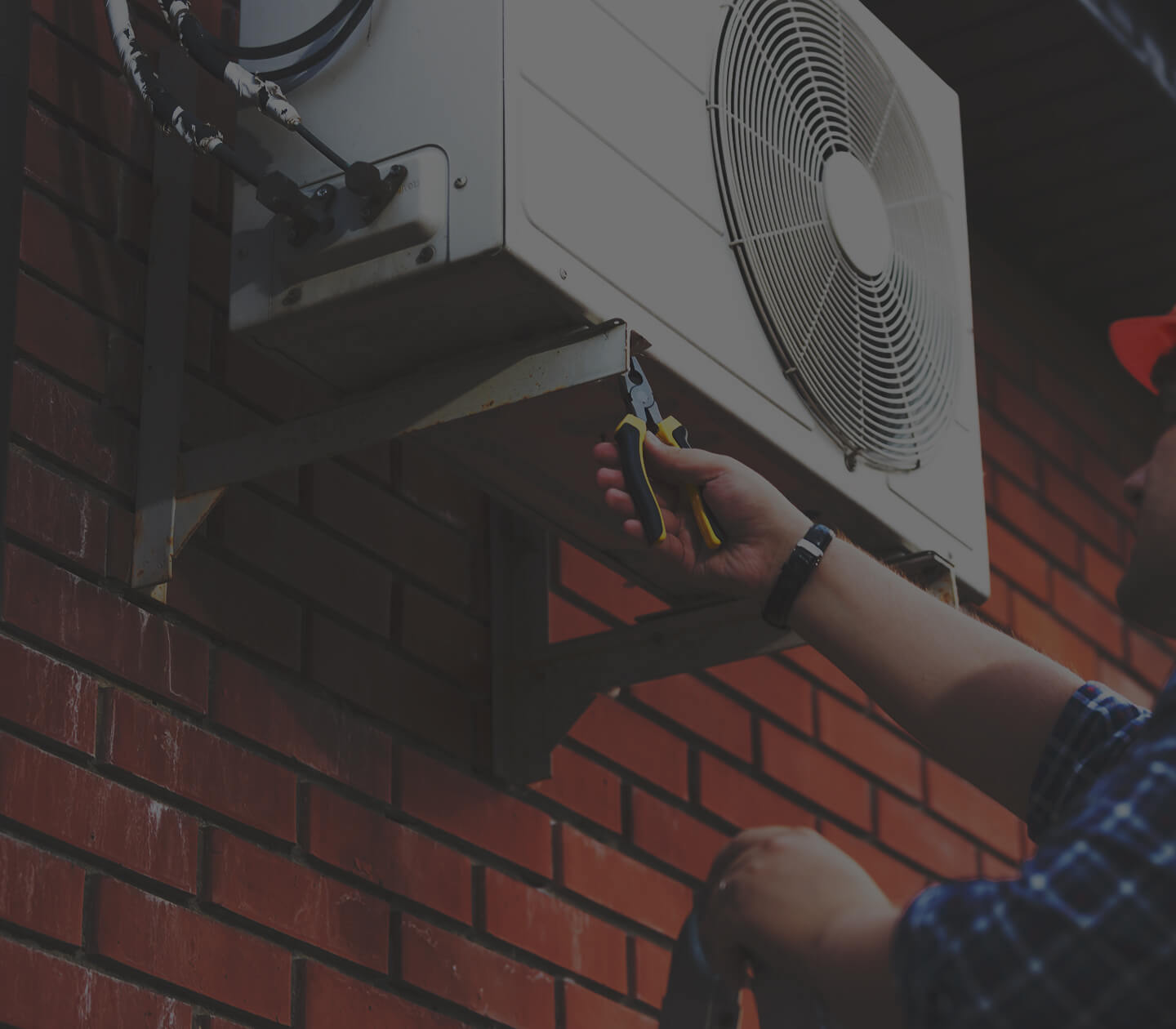The costs for residential audits, sometimes called energy assessments, can depend on everything from how complicated a home’s architecture is to how much business competition there is for home energy auditors in your area. This “do-it-yourself” home energy audit will not be as thorough as a professional home energy assessment, but it can help you pinpoint some of the easier areas to address. When walking through your home, keep a checklist of areas you have inspected and problems you found. This list is a great way to prioritize your energy efficiency upgrades.
Locate Air Leaks
First, make a list of obvious air leaks in your home. The potential energy savings from reducing drafts in a home may range from 5% to 30% per year, and the home is generally much more comfortable afterward. Check for indoor air leaks, such as gaps along the baseboard or edge of the flooring and at junctures of the walls and ceiling. Also check for leaks on the outside of your home, especially in areas where two different building materials meet.
Seal Air Leaks
You should plug and caulk holes or penetrations for faucets, pipes, electric outlets, and wiring. Look for cracks and holes in the mortar, foundation, and siding, and look for leaks around windows and doors. Seal them with the appropriate material.
Consider Ventilation
When sealing any home, you must always be aware of the danger of indoor air pollution and combustion appliance “backdrafts.” Backdrafting is when the various combustion appliances and exhaust fans in the home compete for air. An exhaust fan may pull the combustion gases back into the living space. This can obviously create a very dangerous and unhealthy situation in the home.
Check Insulation
Heat loss through the ceiling and walls in your home could be very large if the insulation levels are less than the recommended minimum. When your house was built, the builder likely installed the amount of insulation recommended at that time. Given today’s energy prices (and future prices that will probably be higher), the level of insulation might be inadequate, especially if you have an older home.
Inspect Heating and Cooling Equipment
Inspect heating and cooling equipment bi-annually, or as recommended by the manufacturer. If you have a forced-air furnace, check your filters and replace them at least monthly. Have a certified technician check and clean your equipment once a year.
Lighting
Energy for lighting accounts for about 10% of your electric bill. Examine the light bulbs in your house and consider replacing inefficient bulbs with a more efficient choice, such as energy-saving incandescents, compact fluorescent lamps (CFLs), or light-emitting diodes (LEDs). When shopping for bulbs, consider the brightness of the bulbs you want and look for lumens and the Lighting Facts label. Your electric utility may offer rebates or other incentives for purchasing energy-efficient lamps.
Appliances and Electronics
The appliances and electronics you choose and how you use them affect your energy use and costs. Examine the appliances and electronics in your home and estimate their energy use. Consider strategies for reducing the energy use of your appliances and electronics. You might consider the following: 1. Unplugging an item when it is not in use to prevent phantom loads. 2. Changing the settings or using the item less often. 3. Purchasing a new, more efficient product.


